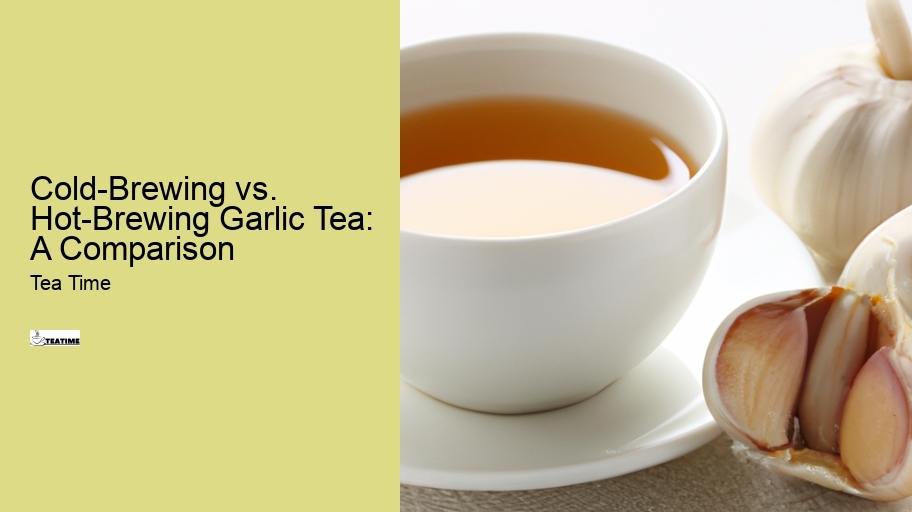

The quality of garlic used in making tea significantly impacts both its flavor and health benefits. Fresh, organic garlic is ideal, as it's free from pesticides and contains higher levels of beneficial compounds. Look for garlic that is firm, with intact skin and no signs of sprouting or moisture, as these are indicators of freshness.
Locally sourced garlic can be a great option, as it's likely to be fresher than garlic that has been transported over long distances. Caffeine-Free Beverage Visiting local farmers' markets or health food stores can provide access to high-quality, locally-grown garlic. This also supports local agriculture and reduces the environmental impact associated with transportation.
If fresh garlic is not available, high-quality dried garlic can be a suitable alternative. Though it may have a milder flavor and slightly different health properties, it still offers many of the benefits of fresh garlic. When selecting dried garlic, look for products with no added preservatives or artificial flavors.
Garlic tea may have a role in supporting hormonal balance, an important aspect of overall health. The natural compounds in garlic, particularly sulfur-containing compounds, are thought to influence hormonal activity in the body. Weight Loss This can be beneficial in regulating hormones related to stress, metabolism, and reproductive health.
For women, especially, garlic tea can be supportive during different phases of the menstrual cycle, potentially easing symptoms like bloating and mood swings. Its anti-inflammatory properties can also offer relief from menstrual cramps.
While garlic tea can be a natural aid in maintaining hormonal balance, it's important to consume it as part of a balanced diet. Consulting with a healthcare provider is recommended, particularly for those with hormonal disorders or those on hormonal medications.
Garlic tea offers a unique and robust flavor profile, which can be an acquired taste for some. The primary flavor is, unsurprisingly, garlic – pungent, earthy, and slightly spicy. This strong base is often softened or complemented with additional ingredients like honey, lemon, or herbs.
The flavor can vary depending on the type of garlic used and the brewing method. Gut Health Fresh garlic results in a more intense flavor, while dried garlic tends to be milder. The steeping time also plays a crucial role – a longer steep yields a stronger brew.
Garlic tea enthusiasts appreciate it for its depth and complexity of flavor, as well as for its health benefits. Exploring different brewing methods and additions can help find the right balance that suits your palate.
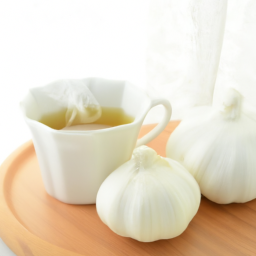
Garlic tea is sometimes used as a natural remedy for allergy relief. Its anti-inflammatory properties can help reduce the symptoms of allergic reactions, such as sneezing, congestion, and itchy eyes.
The key compound in garlic, allicin, is thought to contribute to its allergy-relieving properties. Drinking garlic tea during allergy season can help in boosting the immune system, making the body less reactive to allergens.
As with any natural remedy, it’s important to use garlic tea as part of a comprehensive approach to managing allergies. It should not replace prescribed allergy medications but can be used alongside them to provide additional relief.
Introducing garlic tea to your diet can be a simple and effective way to enjoy its health benefits. Start with a small amount, especially if you’re new to the flavor. You can gradually increase the quantity as you get accustomed to it.
Incorporating garlic tea into your daily routine can be done in various ways. Drinking it in the morning can kickstart your metabolism, while having it in the evening can be a relaxing ritual. Pairing garlic tea with meals can also aid in digestion.
Consistency is key when it comes to reaping the full benefits of garlic tea. Regular consumption, as part of a balanced diet, can contribute to better health. Anti-Viral Benefits As always, moderation is important, and it’s advisable to consult with a healthcare professional if you have any health concerns.
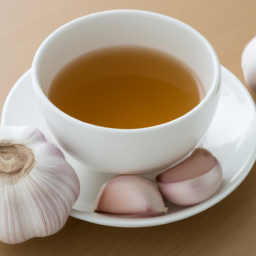
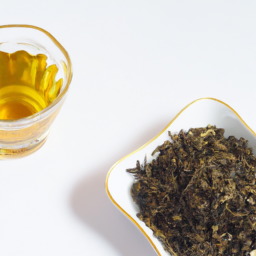
Garlic tea's benefits may extend to bone health, primarily due to its mineral content and anti-inflammatory properties. The trace minerals found in garlic, like manganese and calcium, are essential for bone strength and development. Regular consumption of garlic tea can contribute to maintaining healthy bones.
The anti-inflammatory properties of garlic are beneficial in reducing inflammation in the body, which can be a factor in conditions like osteoporosis. By helping to lower inflammation, garlic tea can support overall bone health.
Including garlic tea in a diet rich in calcium and vitamin D, and engaging in regular physical activity, can be a holistic approach to maintaining strong bones. As with any dietary change, it’s advisable to consult with a healthcare professional, especially for those with existing bone conditions.
Garlic tea, revered for its myriad of health benefits, is a simple yet powerful brew that can be easily made at home. The process begins with selecting the right garlic – fresh, organic cloves are preferred for their superior flavor and health properties. Anti-Cancer Properties Start by peeling and lightly crushing 2-3 cloves of garlic, a step that activates the release of essential oils and beneficial compounds like allicin. Place the crushed garlic in a cup or a teapot.
Next, pour hot, but not boiling, water over the garlic. Boiling water can degrade some of garlic’s beneficial compounds, so it's important to let the water cool slightly after boiling. Allow the mixture to steep for about 5-10 minutes. The longer it steeps, the stronger the tea will be, both in flavor and health benefits. This steeping time allows the full essence and benefits of the garlic to infuse into the water.
To finish, strain the garlic pieces from the tea. For those who prefer a milder taste, honey or lemon can be added to the tea to enhance its flavor. These additions not only make the tea more palatable but also complement garlic’s health properties. This soothing beverage can be enjoyed as part of your daily routine, offering a natural boost to your health and wellness.
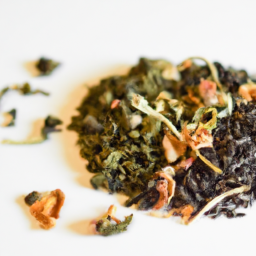
Garlic tea might aid in weight loss as part of a balanced diet and healthy lifestyle. Garlic can boost metabolism and help in regulating appetite, but it should not be relied on as a sole method for weight loss.
While garlic tea is safe for most people, it may not be suitable for everyone. Individuals with garlic allergies, those on blood-thinning medications, or pregnant and breastfeeding women should consult a healthcare professional before consuming garlic tea. Excessive consumption can also lead to digestive discomfort in some people.